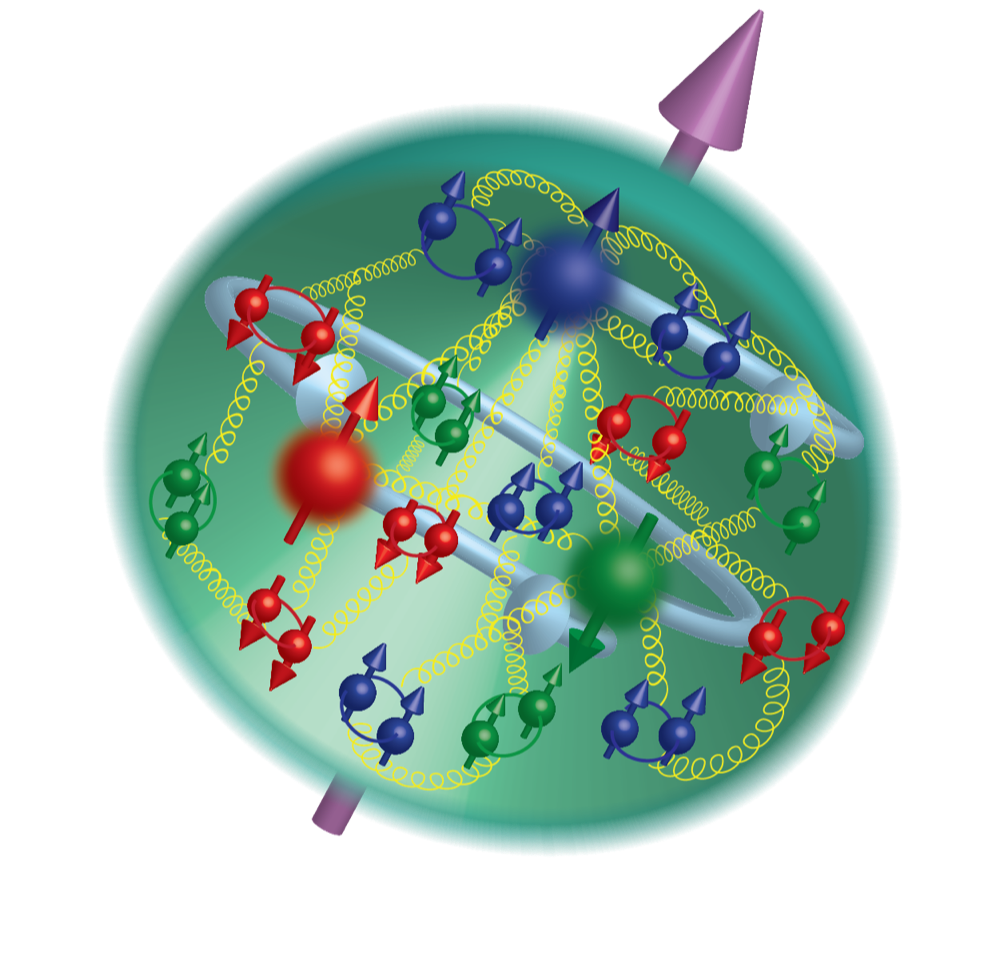We have a broad program at Jefferson Lab to study nucleon structure in the valence region. The emergence of the proton and neutron spin through its constituents is one of the fundamental questions in nuclear physics. The quark contribution from the valence region, where a single quark carries a significant fraction of the proton momentum is still relatively unconstrained. The valence quark dynamics are strongly related to the structure of the QCD ground state itself. We are leading two experiments in Hall C where we scatter electrons from a high-pressure polarized Helium-3 target: one to measure the neutron’s quark polarization in the valence region, and one to probe the neutron’s color electric and magnetic fields.
Our group played a leading role in a Hall C experiment to investigate the validity of charge symmetry in the valence quark distributions through a high-precision measurement of semi-inclusive charged pion production through electron scattering from deuterium. Evidence of charge-symmetry violation in this region, which has never been measured, could have far-reaching consequences. Following this endeavor, we can pursue a next-generation of charge-symmetry violation experiments by electron scattering from A=3 targets at Jefferson Lab and the EIC.
Our program to study the dynamics of the quarks inside the nucleon spans various initiatives. We are conducting several experiments with the CLAS12 detector to measure the transverse momentum distribution of quarks inside the proton, providing access to quantities such as quark orbital angular momentum and quark spin-orbit correlations, with a statistical precision several orders of magnitude higher than the existing state-of-the-art. We will continue this program with SoLID, where we will study the quark dynamics in the neutron, and with the EIC, where we will connect the low-energy to the high-energy regimes, touching on both the quark sea and valence sectors. At the same time, we will explore these quantities’ universality in Drell-Yan scattering from polarized hydrogen and deuterium targets at SpinQuest, the successor of the SeaQuest experiment at Fermilab.
